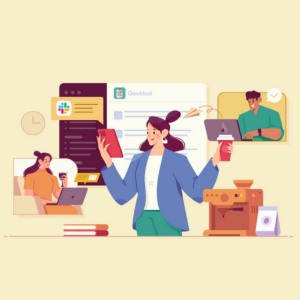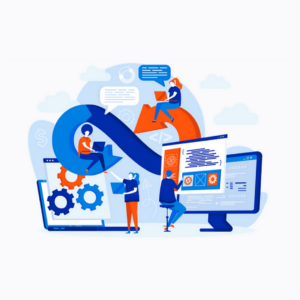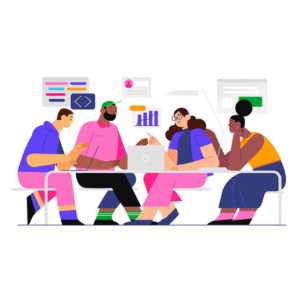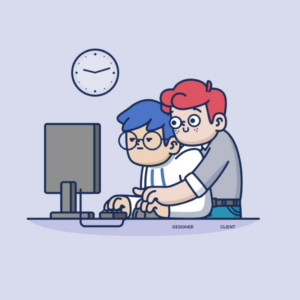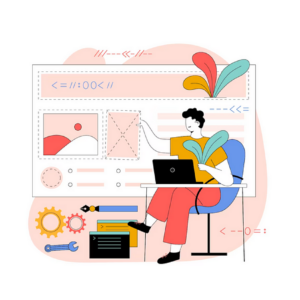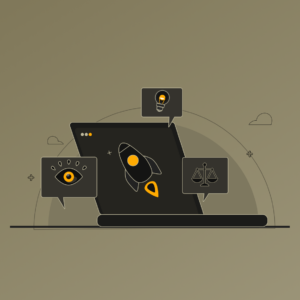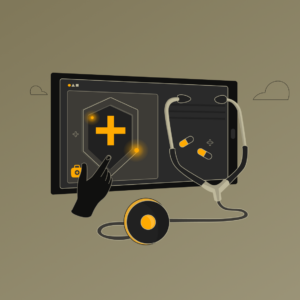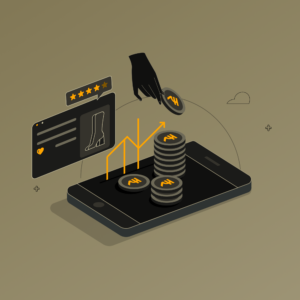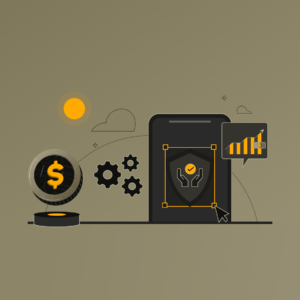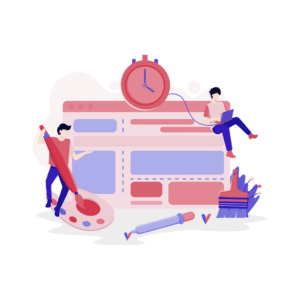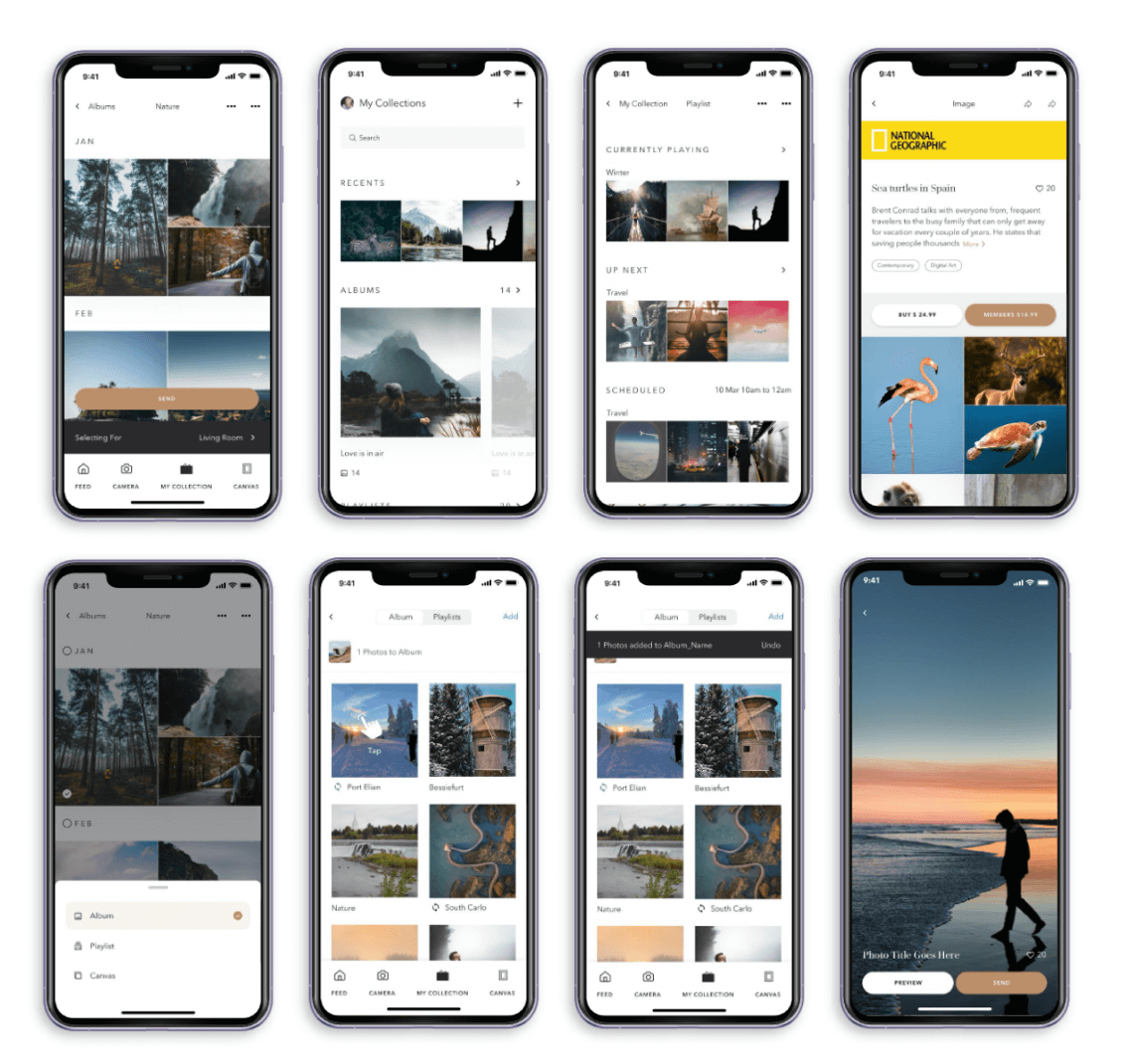There are a number of ways that user experience (UX) can go wrong and the consequences can be significant for both users and businesses.
Here are some examples of when UX goes wrong:
#1 Confusing or difficult to use
If a product or system is confusing or difficult for users to understand and use, it can lead to frustration and abandonment. This can result in lost sales or customers and damage a company’s reputation.
#2 Poor usability
If a product or system is not designed with usability in mind, it can be frustrating and inefficient for users. This can lead to decreased productivity and satisfaction, and can ultimately drive users away from the product or service.
#3 Lack of accessibility
If a product or system is not designed to be accessible to all users, it can exclude people with disabilities or impairments from using it. This not only limits the potential user base but can also create legal liabilities for the company.
#4 Inconsistent design
If a product or system has an inconsistent design, it can be confusing and disorienting for users. This can lead to errors and decreased efficiency, and can ultimately harm the user experience.
When UX goes wrong, it can have serious consequences for both users and businesses. It’s important to prioritize the user experience in design to ensure that products and systems are effective, efficient, and enjoyable to use.
To get the best outcome for your UX design, it’s important to follow a structured design process that involves user research, prototyping, testing, and iteration.
Here are some key steps you can take to ensure the best outcome for your UX design:
#1 Conduct user research
To understand the needs and goals of your target users, it’s important to conduct user research. This can include interviews, surveys, focus groups, or usability testing to gather insights on user behaviors, motivations, and pain points.
#2 Define your design goals
Based on your user research, define specific design goals that address the needs and goals of your users. These goals should be specific, measurable, achievable, relevant, and time-bound (SMART goals).
#3 Create prototypes
Use your design goals to create low-fidelity prototypes that allow you to test and iterate on your design ideas. Prototyping can help you identify and address potential problems early on in the design process.
#4 Test your prototypes
Once you have created prototypes, it’s important to test them with real users to get feedback on their usability and effectiveness. This can be done through usability testing, where users perform specific tasks with the prototype, or through user interviews, where you ask users about their experiences with the prototype.
#5 Iterate and improve
Based on the feedback you receive from testing, make adjustments to your design and continue to iterate and improve until you have a design that meets the needs and goals of your users.
Conclusion
Getting the best outcome for your UX design requires a structured design process that involves user research, prototyping, testing, and iteration. By following these steps, you can create a design that is effective, efficient, and enjoyable for your users.
To learn more about UX and product design from industry experts, listen to our podcast — UX Banter available on Spotify, or watch the episodes on YouTube.
Also, do check us out on Galaxy UX Studio.




